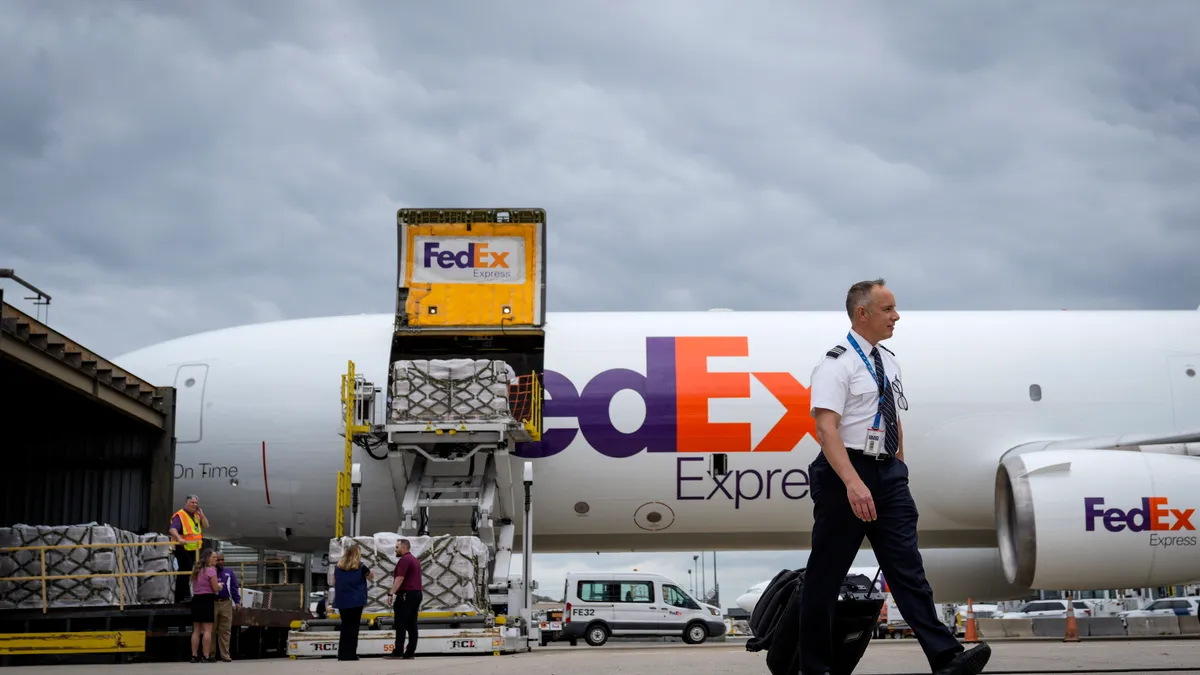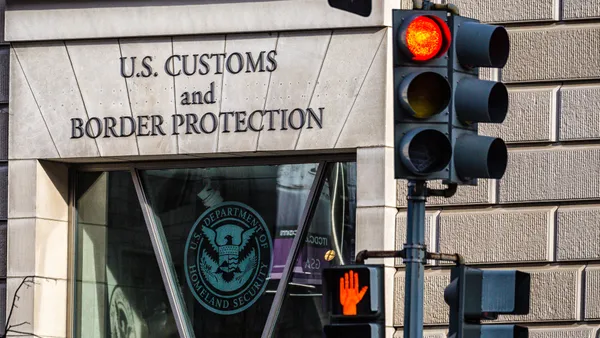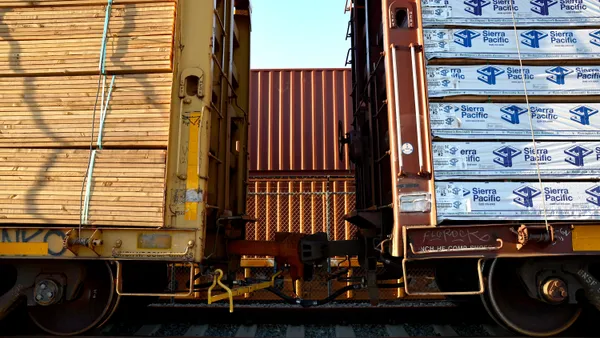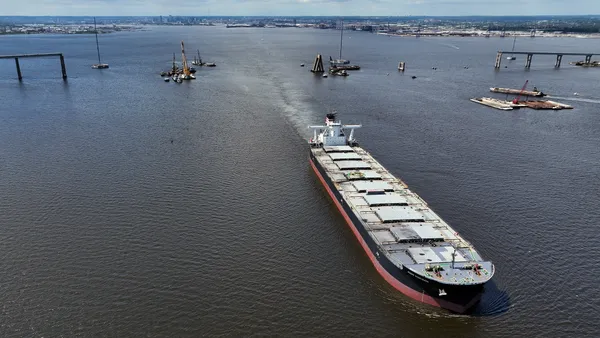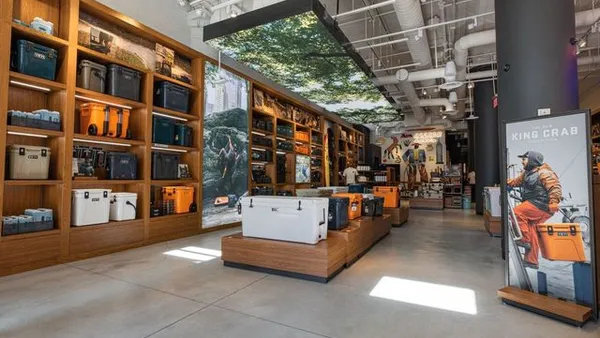Dive Brief:
- President Donald Trump on Thursday signed two proclamations to impose a 25% tariff on five classifications of steel articles and a 10% tariff on six types of aluminum products against all countries but Canada and Mexico, effective March 23, 2018.
- "Without this tariff and satisfactory outcomes in ongoing negotiations with Canada and Mexico," the proclamations read, "the industry will continue to decline leaving the United States at risk of becoming reliant on foreign producers to meet our national security needs."
- The tariffs aim to reduce steel imports to such a level where domestic producers may use 80% of capacity, thereby boosting U.S. production and reopening idled or closed facilities.
Dive Insight:
Steel yourself for 15 days of increased sourcing activity, a degree of price volatility and thinner margins.
The steel and aluminum tariffs will likely have the deepest effect in the middle market — your tier one and two suppliers who rely on raw metals to craft the parts you procure by the container-load. With the new tariffs, the administration recommends finding domestic sources of the metals, instead.
Rick Schreiber, partner and national leader of BDO's Manufacturing & Distribution practice, says the exemption of Mexico and Canada may be a breath of fresh air to regionally-focused manufacturers, but not all.
"When you look at the global spread of U.S. imports, the largest sources vary significantly based on the specific type of steel," he told Supply Chain Dive. "Take semi-finished steel, for example. In 2017, Brazil was the largest source by a large margin."
However, that is part of the goal behind a tariff strategy. The proclamations clearly state they seek to reopen closed mills in order to reach a potential 80% production capacity. A willingness to allow demand for domestic goods to far exceed supply will further support reopening those mills to fill the demand gap.
Still, doubt exists whether this strategy will work. "Domestic producers can only meet a portion of U.S. demand," Schreiber said, noting many manufacturers will still be reliant on "costlier foreign imports."
This rise in costs to the benefit of the domestic steel industry is what has so many business groups up in arms. "Even marginal increases in the price of raw materials could strain middle manufacturers that rely on large quantities of steel," he said.
That, and the fact many U.S. allies have pledged to retaliate against the tariffs, targeting unrelated products like whiskey (a political choice to punish GOP leadership.)
"While our members don't import a lot of steel or aluminum, these tariffs could result in disastrous consequences for them," the U.S. Fashion Industry Association said in a statement. "Already, the European Union is calling out a variety of industries — including iconic American denim and t-shirts — as potential targets for tariff increases of their own."
Even port authorities rang alarm bells upon the announcement of new tariffs.
The Northwest Seaport Alliance, representing the ports of Tacoma and Seattle, noted steel and aluminum imports through the gateways exceeded $2.5 billion in value in 2017. A decrease in imports from China would affect logistics jobs there too, the port argued in its statement.
In its proclamation, the administration openly called on its allies with a shared security interest to engage in talks and determine how to be exempt from tariffs, like Mexico and Canada were. Expect the next 15 days to continue to be a bit of a flurry of activity around steel, with a few more countries perhaps gaining exemptions. But don't cross your fingers for a reversal of policy — if tariffs are to be harmful, it's time to find ways to mitigate the damage.






